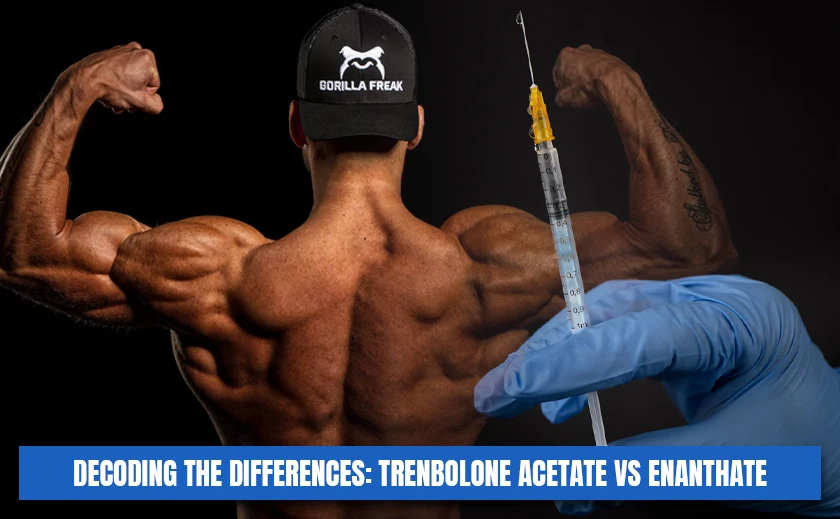Pest control has been a critical aspect of human civilization for millennia, evolving from rudimentary methods to sophisticated technologies. The battle against pests—be they insects, rodents, or other unwanted critters—has shaped our agricultural practices, living environments, and health strategies. This article explores the fascinating history and modern advancements in bed bug exterminator indianapolis, shedding light on how our approaches have transformed over time.
Ancient Beginnings: Early Methods
The origins of pest control can be traced back to ancient civilizations. In Egypt, around 4,000 years ago, people used honey traps to catch ants, while the Greeks and Romans employed various natural substances to deter pests. For instance, the Greeks utilized a mixture of sulfur and pitch to repel insects, and Romans used a concoction of vinegar and salt.
In ancient China, pest control was integral to agriculture. The Chinese developed early forms of biological control, such as releasing predatory insects to manage crop-damaging pests. This practice laid the groundwork for modern biological pest control techniques.
The Renaissance and Beyond: Advancements in Techniques
As societies progressed, so did their pest control methods. During the Renaissance, pest control became more sophisticated. In Europe, the use of chemicals like arsenic and mercury began to emerge, albeit with significant health risks. The 19th century saw the advent of more targeted solutions, such as the use of pyrethrum—a natural insecticide derived from chrysanthemum flowers.
The industrial revolution further accelerated pest control advancements. The development of synthetic chemicals, such as DDT in the early 20th century, revolutionized pest management. DDT proved highly effective against a range of pests, including those that spread diseases like malaria. However, its environmental impact and the emergence of resistance highlighted the need for more sustainable solutions.
Modern Era: Integrated Pest Management (IPM)
The latter half of the 20th century marked a shift towards more environmentally conscious and integrated approaches. Integrated Pest Management (IPM) emerged as a holistic strategy combining biological, cultural, physical, and chemical methods. IPM focuses on understanding pest life cycles, using natural predators, and applying chemicals only when necessary.
Advancements in technology have further refined pest control practices. Modern tools like pheromone traps, advanced monitoring systems, and precision application technologies help target pests more effectively and minimize the use of harmful chemicals. Additionally, genetic engineering has led to the development of pest-resistant crops, reducing the need for chemical interventions.
The Future of Pest Control: Innovations on the Horizon
Looking ahead, the future of pest control is poised for even more dramatic changes. Researchers are exploring several cutting-edge technologies:
- Biological Control: Enhanced understanding of ecological relationships is leading to the development of more effective biological control agents, including genetically modified organisms designed to target specific pests.
- Nanotechnology: Nanoparticles and nanomaterials offer the potential for more precise and less toxic pest control solutions. They can be engineered to target pests at the molecular level, reducing environmental impact.
- Artificial Intelligence: AI and machine learning are being used to predict pest outbreaks, analyze pest behavior, and optimize control strategies. Drones equipped with AI are also being deployed to monitor and manage pest populations in real time.
- Sustainable Practices: The focus on sustainability continues to grow, with an emphasis on reducing reliance on chemical pesticides and promoting practices that preserve biodiversity and ecosystem health.
Conclusion
From ancient honey traps to modern AI-driven solutions, the evolution of pest control reflects our growing understanding of ecosystems and our commitment to balancing effectiveness with environmental stewardship. As technology continues to advance, the future of pest control promises to be more precise, sustainable, and integrated, ensuring that our homes, farms, and natural environments remain protected from unwanted pests.


